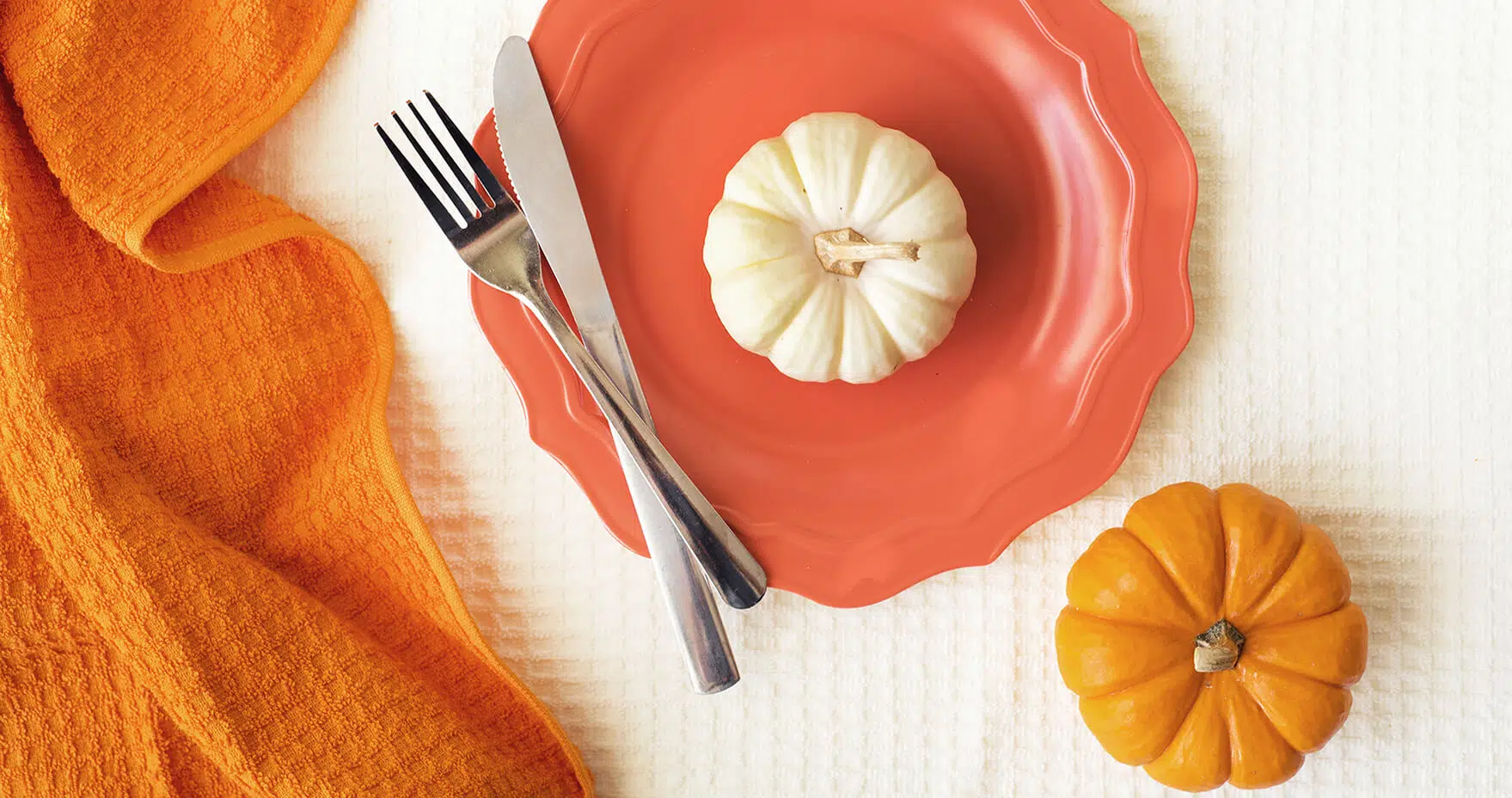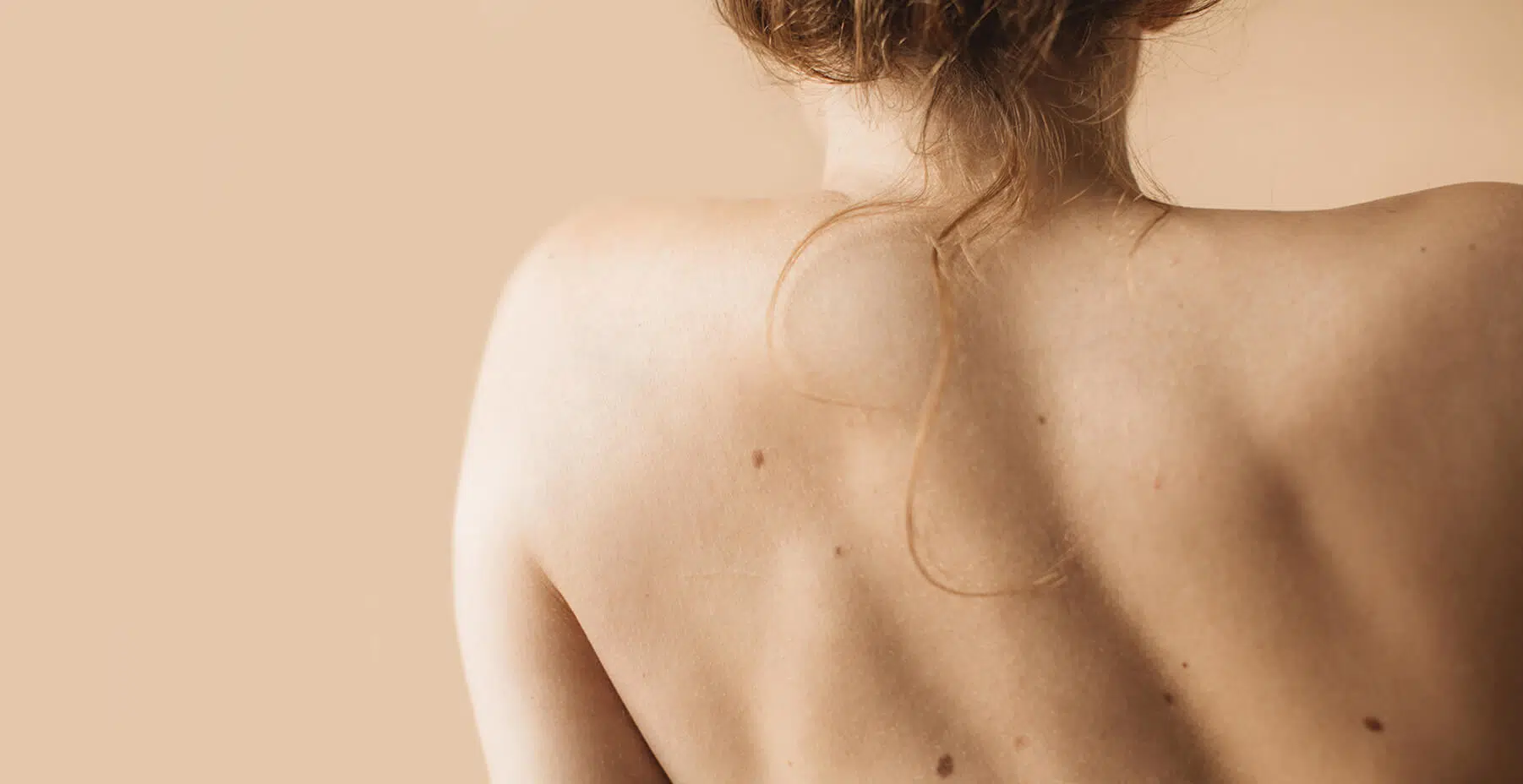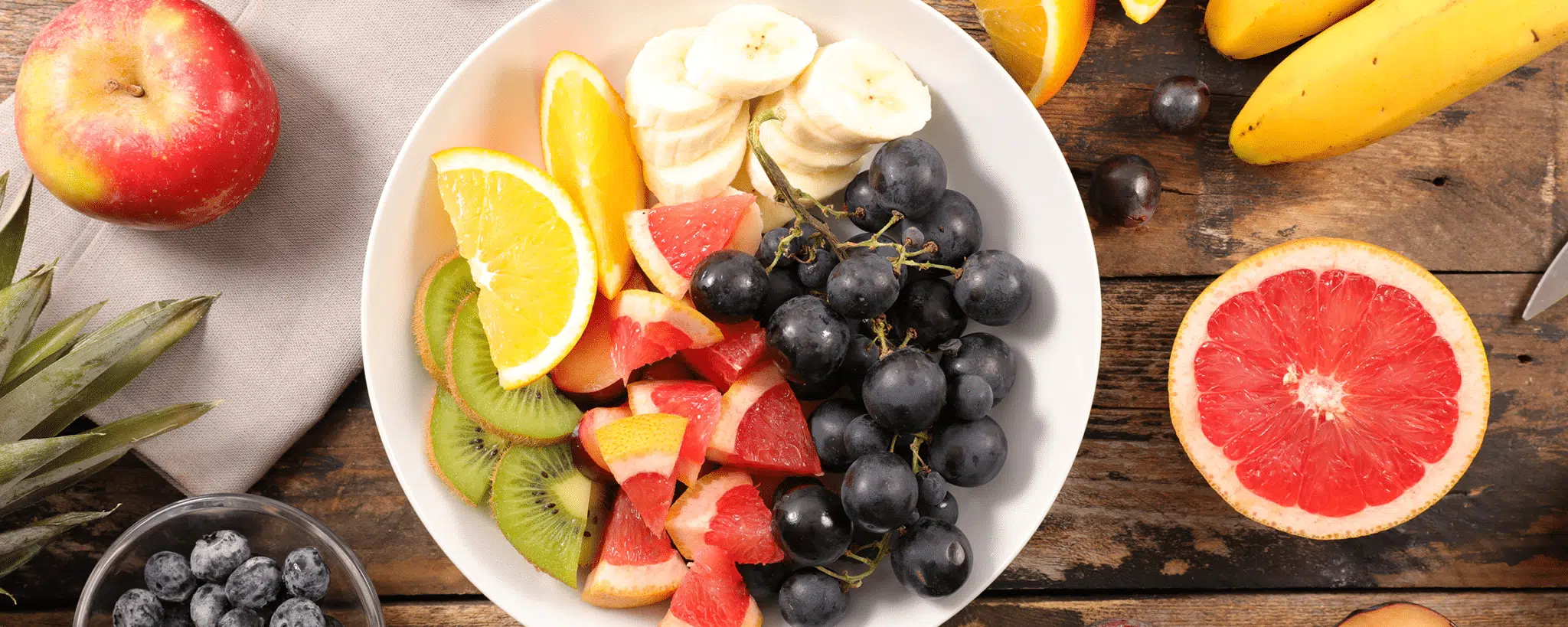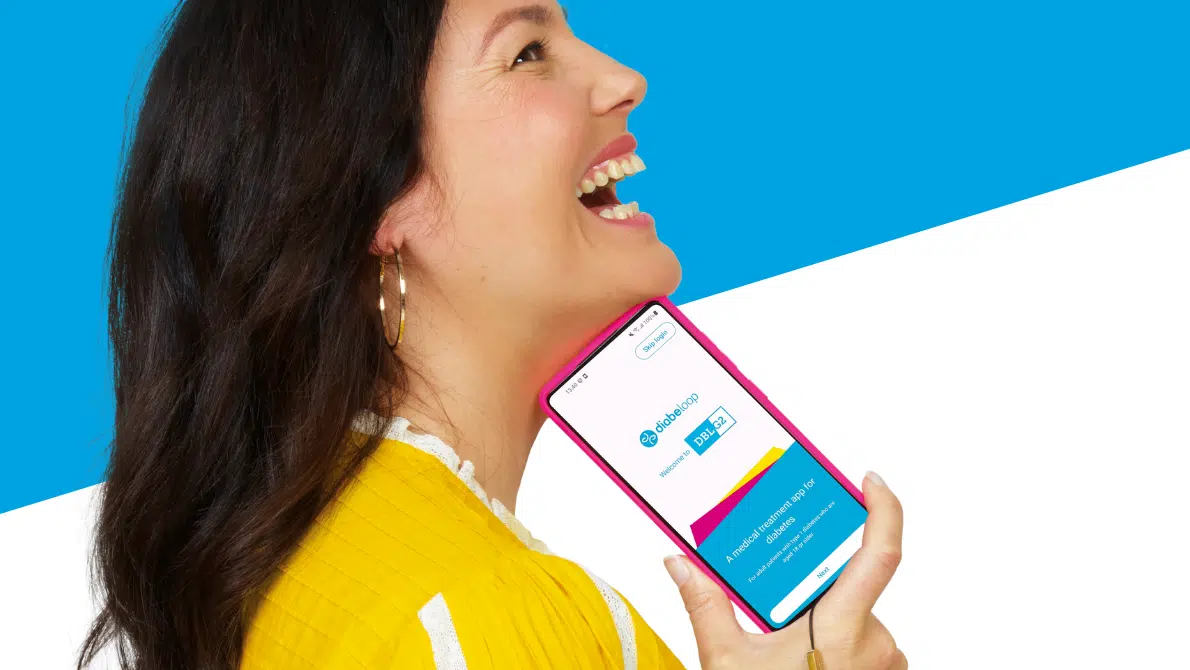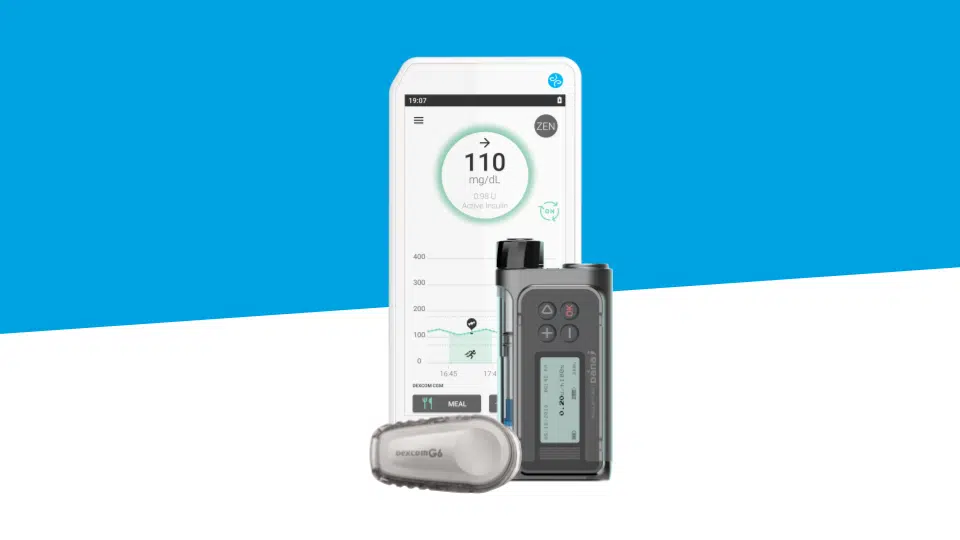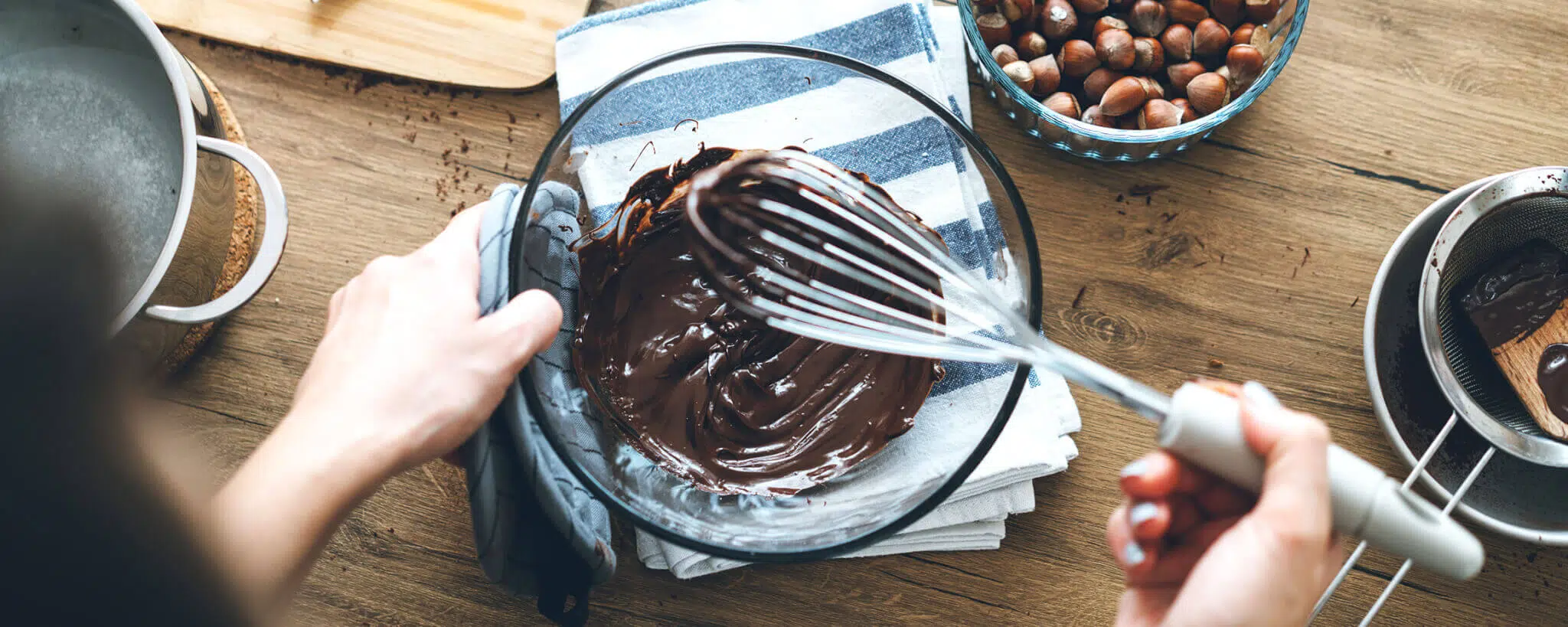
I have Type 1 diabetes and I love chocolate, am I okay doc?
|
Chocolate has this incredible power to help us through periods of stress, to make us feel good… But also to make us feel guilty! When you live with Type 1 diabetes, you can indulge in the supreme happiness of eating chocolate. But it is not that simple!
Rule #1: choose your chocolate pleasure
There are many ways to enjoy chocolate: dark, milk, bitter, white, desserts, ice cream, spreads… The possibilities are almost endless.
The composition of chocolate is based on cocoa paste, cocoa butter and sugar.
For people living with Type 1 diabetes, the most concerning thing is of course the sugar intake. But, beware of false friends ? Dietary balance and sometimes weight gain play an important role in managing diabetes. We must also take into account the fats provided by cocoa butter.
Here is a small memo for 100 g of chocolate:
| Type of chocolate | Energy values | Fat | Carbs |
| Dark chocolate 35% | 500 Kcal | 24 g | 64 g |
| Dark chocolate 70% | 550 Kcal | 37 g | 43 g |
| Milk chocolate | 550 Kcal | 34 g | 56 g |
| White chocolate | 580 Kcal | 35 g | 55g |
| Milk chocolate without added sugar | 510 Kcal | 37 g | 52 g |
| Dark chocolate without added sugar | 450 Kcal | 31 g | 40 g |
| Nutella | 533 Kcal | 30.9 g | 57.5 g |
| Chocolate ice cream (one scoop) | 280 Kcal | 14.5 g | 37.2 g |
You are now ready to give in to your cravings!
Rule #2: don’t feel guilty about eating chocolate
Don’t get frustrated, a piece of chocolate is not so bad for your diabetes balance. You just need to count it as part of your insulin dose.
Chocolate does not make you fat and is not hyperglycemic if it is properly included in your diet and in your weekly carbs intake.
Mistakenly considered guilty pleasure, chocolate is composed of other things than sugar and fat and some of its benefits have long been proven:
- it is composed of stimulants for the brain, its role as a neurotransmitter has a proven antidepressant effect,
- it contains phenylalanine, which has a structure close to amphetamine that causes a feeling of well-being,
- it contains traces of caffeine which is a stimulant.
By taking a shortcut, chocolate is good for your health when it is not consumed in excess.
And it’s so exquisite to indulge in a piece of chocolate!
Rule #3: do as you please
Some will opt for a little piece of chocolate with a coffee at the end of a meal, other for a chocolate dessert. Plan it in your bolus for the meal.
Others will prefer a chocolate ice cream in the afternoon during a walk (with or without toppings).
Or both ?
If you want to avoid that infamous crash right after eating chocolate, prepare it, count it and compensate for it. Because otherwise, high blood sugar will show up and end up ruining that nice moment.
In short, don’t let your diabetes keep you from having the occasional chocolate treat. If you remember to adjust your insulin dose, you should be fine!
